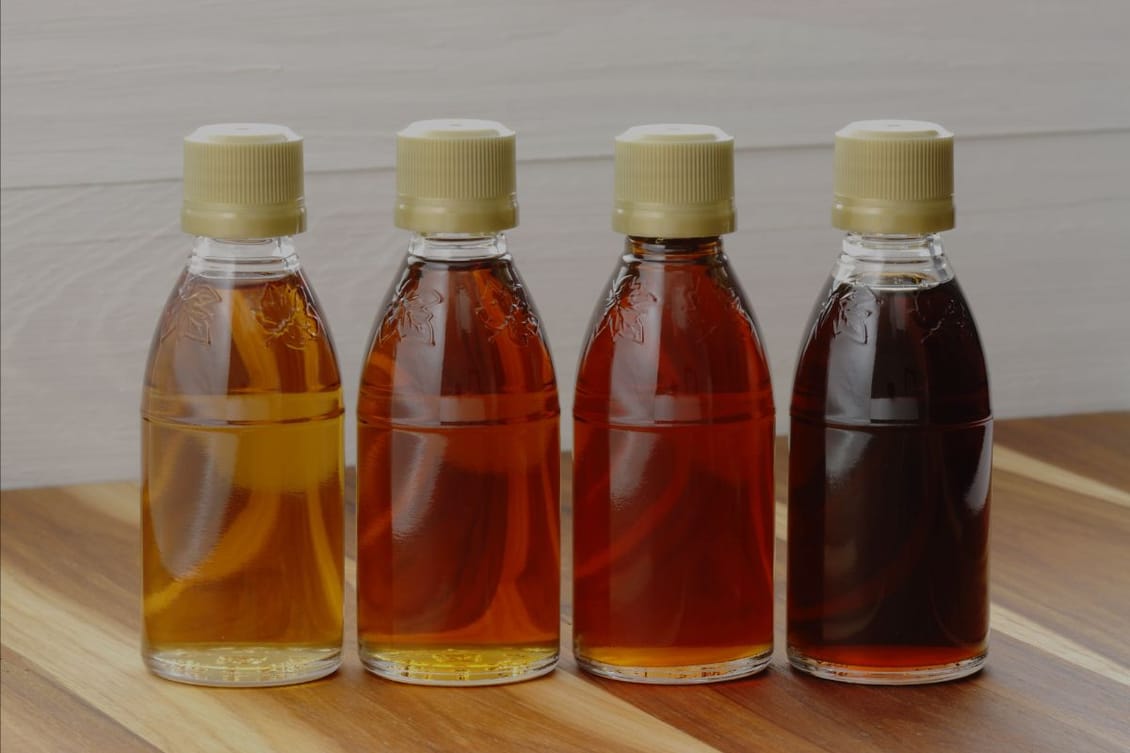
A big welcome to the 32 new foodies who have joined us this week — you’ve got good taste.
If you too have good taste then subscribe to The Sauce — InFlavour's content & insights community, run by global experts. Sink your teeth into stories about food, worth sharing, and receive insights, ideas, opinions, trends, and strategies straight to your inbox.
Keep up with our weekly newsletters on LinkedIn by subscribing here.
A sweet sauce that makes pretty much everything taste better: maple syrup is made from the xylem sap from maple trees.
It was first discovered by the Indigenous peoples of Northeastern North America; and when European settlers arrived in the region, they adopted the practice.
Early historical sources from those settlers include a report suggesting that between 1536 and 1542, an explorer named Jacques Cartier cut down what they thought might be a walnut tree. But once cut, a large quantity of sap gushed out of its trunk. It was a sugar maple – and the sap was delicious.
Then in 1606, a voyager and writer called Marc Lescarbot travelled to Acadia. He wrote an account of the harvest of maple sap. Other accounts followed – confirming the use of maple syrup in food and cooking, and describing distillation processes.
Over time, the reports describing maple syrup harvest and use became more detailed, and how-to guides for aspiring harvesters began to appear.
Traditionally, maple syrup was harvested by manually tapping trees with an axe, and slowly collecting the flow of syrup.
According to Maple From Canada, science and research in the 19th Century drove the development of new techniques. Instead of an axe, a drill was used to to tap the maple trees; and wooden collection buckets were replaced with metal, sealable containers.
The development of production methods continued until harvesters arrived at the model most widely used today: a tap hole is drilled into a tree, and then a spout is inserted to draw the sap directly into a bucket or into tubing that delivers the sap into a collection tank, using a vacuum pump.

An average of 150 million pounds (in weight) of maple syrup is produced each year. In 2024, the harvest hit an all-time high of 239 million pounds. And global demand is growing – with estimates from the Producteurs et Productrices acéricoles du Québec suggesting that Québec, the main maple-producing province, will need another 120 taps in operation by 2080.
Until recently, the maple syrup industry has thrived off the back of hard work by independent producers; often family businesses.
But life for those businesses has become more difficult in recent years.
An industry regulatory body, the Federation of Québec Maple Syrup Producers, oversees production rules – and in the early 2000s, it introduced new rules that require maple producers to sell all of their syrup almost exclusively to the Federation.
The Federation was originally created by maple syrup produced in order to protect their rights. But now, reports suggest that only a handful of producers still have a voice on its board – and the organisation has taken monopoly of the market, making it difficult for small businesses to turn a profit.
On top of this, climate change is driving instability in terms of production volumes. Warmer summers result in sap with a lower sugar content, and this affects how much maple syrup (or maple sugar) that a producer can make.
Maple syrup production sits at the heart of communities. Indigenous communities continue their cultural traditions through harvesting sap, and long-standing family businesses have enabled economic stability for their localities.
So empowering maple producers and enabling them to navigate the challenges of regulation, increased demand, and climate change isn’t just about the final product: it’s about the journey of maple businesses from tree to culture and community, and the representation of history within this sweet, sticky commodity.
Mark your calendars for our next newsletter on 02 August 2024. Is there anything specific you'd like to see covered? We'd love to hear from you! Click here to share your suggestions.
Until next week,
Aravind Kanniah,
Exhibition Director
If you want to stay ahead of the latest developments in F&B, register now to attend InFlavour 2024. We can’t wait to see you there.
Take your seat at the InFlavour table, a government-backed and world-leading B2B food event by Tahaluf.
E-mail address SubmitWant to keep up to date with all our latest news and information? Enter your name below to be added to our mailing list.
E-mail address Submit